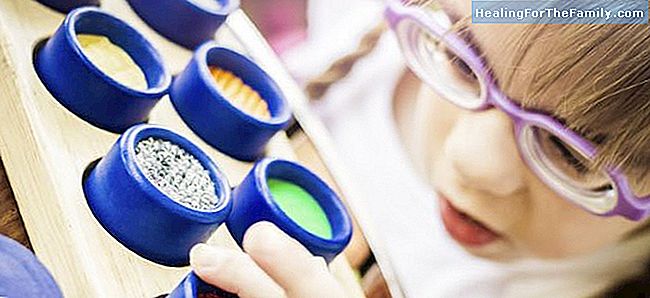Children with disabilities. Stimulate through games
When we talk about stimulation in early childhood of children with a disability, it is usually related to early rehabilitation and we forget other benefits such as learning or acquiring social skills. However, these two elements are fundamental for the child to create a personality of its own. A goo
When we talk about stimulation in early childhood of children with a disability, it is usually related to early rehabilitation and we forget other benefits such as learning or acquiring social skills. However, these two elements are fundamental for the child to create a personality of its own.
A good way to stimulate children with disabilities, be it physical, psychic or sensory is through games and play activities.
How to stimulate playing children with disabilities

The stimulation must be flexible or adaptable to the needs of each child, depending on:
- The objectives we pursue at all times.
- The child's motivation.
- If the stimulation is group.
- To the spontaneity of each moment, leaving a margin of decision to the child.
The most effective method to achieve benefits in stimulation in children with disabilities is the game, since it is also flexible and adapts to the needs of each disability.
If we go beyond the playful purpose of the games, we find that a basic game such as the memory game, in which children have to find two identical images, can lead to a multifunctional stimulation:
- At the cognitive level: Exercising memory, expanding the vocabulary and recognition of elements, animals, people, feelings, etc ... A - At the physical level: expanding or decreasing the size of the cards or slides according to the disability and sensorimotor stimulation pursued.
- At the level of interaction as it enhances group collaboration, empathy and communication.
As we can see, these three levels of stimulation
we can work in many games or group activities cons, thus achieving a psychomotor progress attending to the physical, psychic or sensory peculiarities for each child, but at the same time looking for the best way of inclusive participation . Because all children must have their role in a game or activity favore, thus favoring the stimulation factors described at the beginning.












